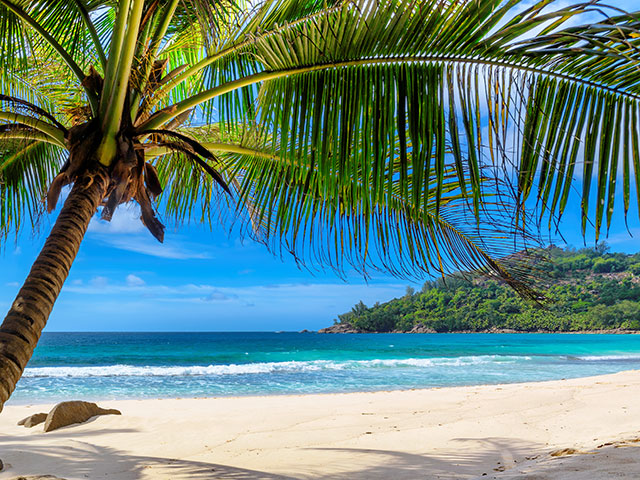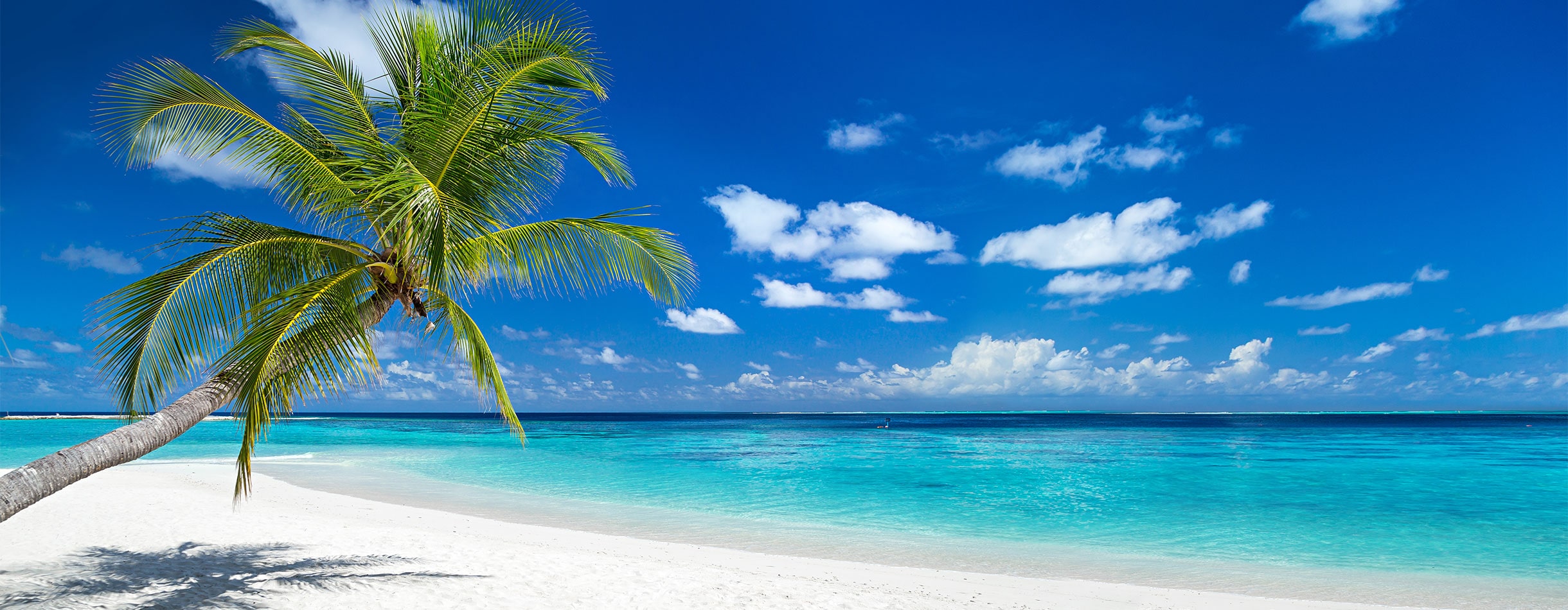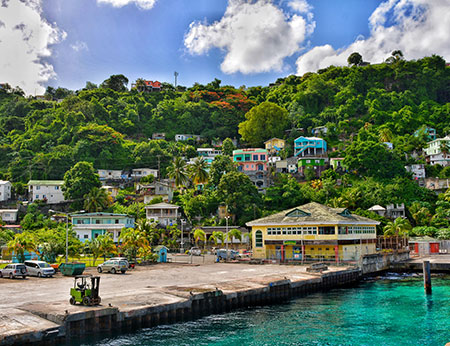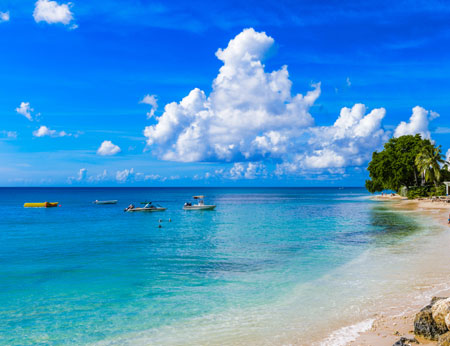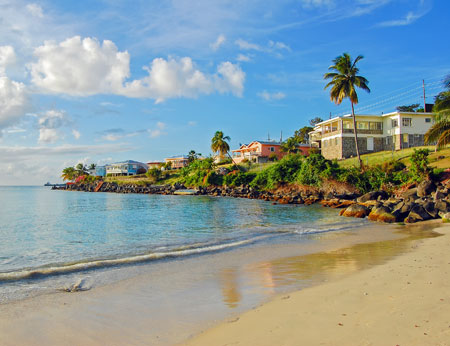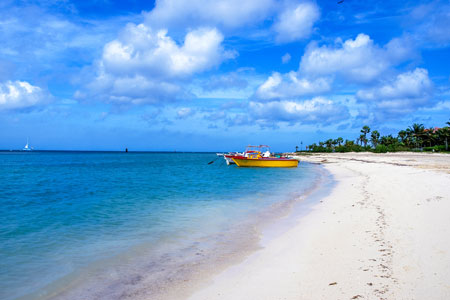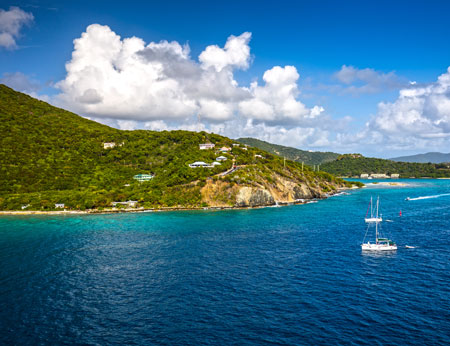Caribbean Cruises
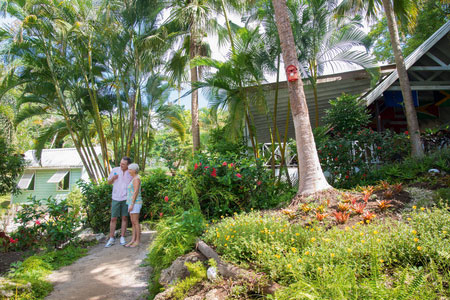
Discover Caribbean cruises from the UK
Immerse yourself in the sun-kissed splendour of this idyllic region. Cruises in the Caribbean offer a remarkable range of destinations, taking you to the vibrant islands that make up this tropical paradise. From the enchanting shores of Barbados to the pristine beaches of the Bahamas, each port of call offers its unique charm, vibrant culture, and natural beauty.
Discover our Caribbean cruises and get ready to set sail where turquoise waters, lush landscapes, and warm island welcomes await. [ReadMore][ReadMoreMob]
A tropical paradise
From the dazzling white sands of Antigua to the coral reefs of Saint Lucia, each island boasts its own slice of paradise. Unwind under swaying palm trees, take a refreshing dip in crystal-clear waters, or simply soak up the sun while sipping a tropical cocktail. Whether you choose to lounge on the iconic Montego Bay in Jamaica or discover secluded shorelines in the British Virgin Islands, there are plenty of cruises around the Caribbean that offer the perfect escape to rejuvenate mind, body, and spirit.
The flavours of the Caribbean
Full of colour, flavour and heat, the cuisine of the Caribbean is something that’ll stay with you long after you return. Each Caribbean island has a story to tell, and many do it through food, combining home-grown flavours with imported tastes. From Jamaica’s national dish, ackee and saltfish, to Grenada’s beloved oil down, there is plenty to try and love. When on board, our Signature Experiences will include a Caribbean cooking experience, giving you the tips you need to recreate your favourite holiday flavours at home.
Answering FAQs about Caribbean Cruises
When is the best time to cruise to the Caribbean?
The Caribbean enjoys a year-round tropical climate, with temperatures averaging 25 – 30˚C, making it an ideal destination at any time of year.
Our Caribbean cruises depart during the high season from December to April, offering you the chance to experience delightful weather, with balmy temperatures and low chances of rainfall. A Caribbean holiday during this period aligns with many festive celebrations and lively events throughout the islands, letting you experience a unique Christmas.
How long does it take to cruise to the Caribbean from the UK?
You can expect it to take around six days to sail to the Caribbean.
However, bear in mind that when our Caribbean cruises depart from the UK, they don’t go straight to the Caribbean. Instead, we often stop at destinations such as Portugal or the Canary Islands before crossing the Atlantic. If you check your itinerary, you can see exactly how long we expect the crossing to take and whether there are any stops on the route that you can look forward to.
Do you need a visa for a Caribbean cruise?
UK citizens should not need a visa for a Caribbean cruise holiday.
Your cruise booking information will detail any requirements applicable to your holiday. However, visa requirements can change at any time, and you should be sure to check with a professionally qualified source before departure to ensure you are complying with requirements.
Do you need vaccinations for a Caribbean cruise?
There are no mandatory vaccinations for a Caribbean cruise.
However, you should always consult with your doctor before travelling for personalised advice. Your GP will be able to assess your itinerary and health needs to determine whether they feel you need to be vaccinated before departure.
What should I wear on a Caribbean cruise?
As temperatures average 25 – 30˚C year-round, we recommend wearing cooler layers when travelling to the Caribbean.
When you’re not on your cruise ship, you’re likely to want breathable clothing that will keep you cool in the warm, Caribbean sunshine. We also recommend bringing swimming costumes to enjoy the region's white, sandy beaches.
If you’ve not cruised before, our handy guide, Packing for Your First Cruise Holiday, can be useful in helping you know what to pack (and what to leave at home).
Browse Caribbean Countries
Cruises to Caribbean
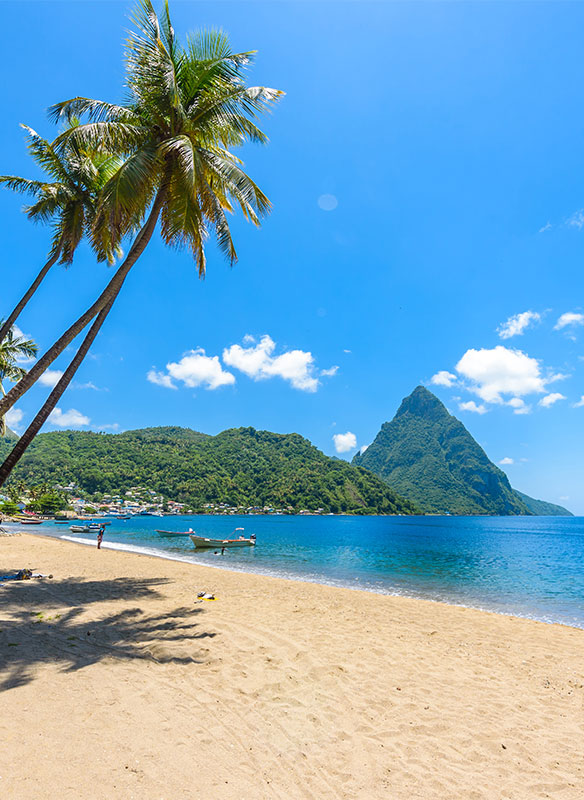
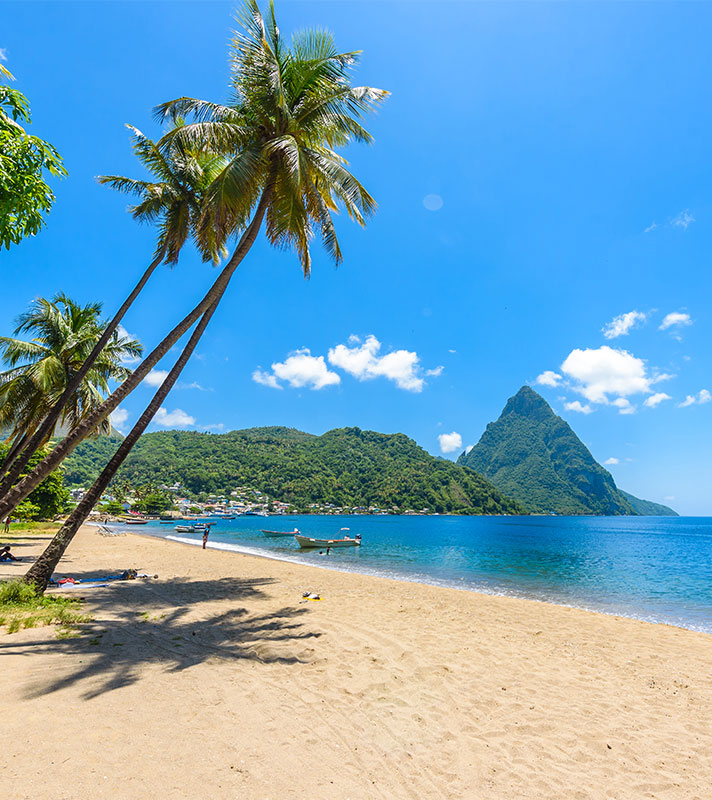
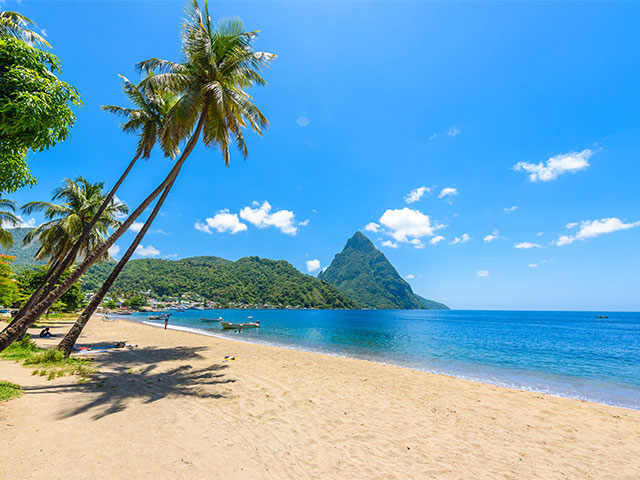
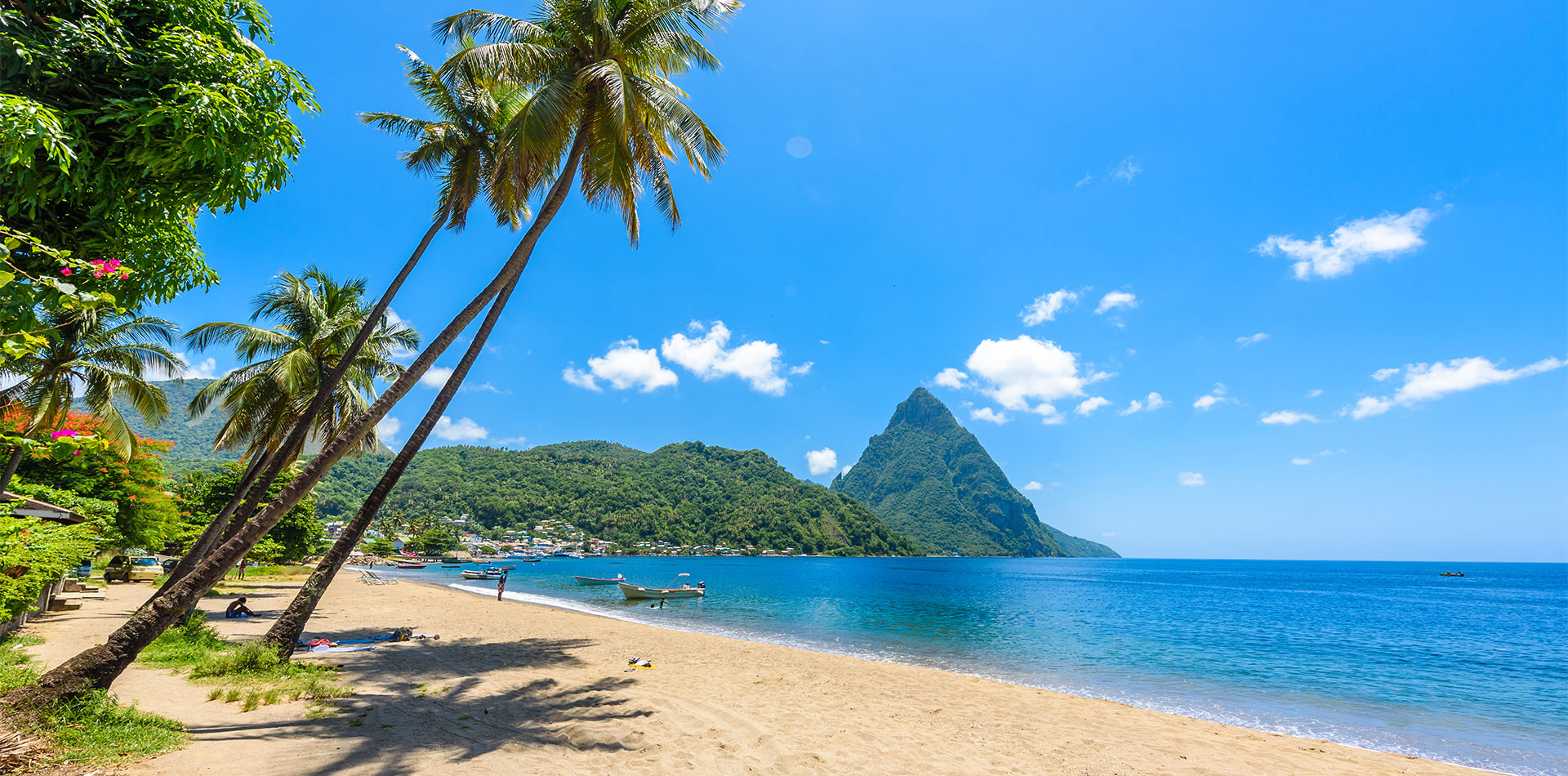
Islands of the Caribbean T2604
- Experience warming winter sun on your Caribbean cruise
- Sample local foods and immerse yourself in Creole culture
- Discover the fragrant spice markets of Grenada
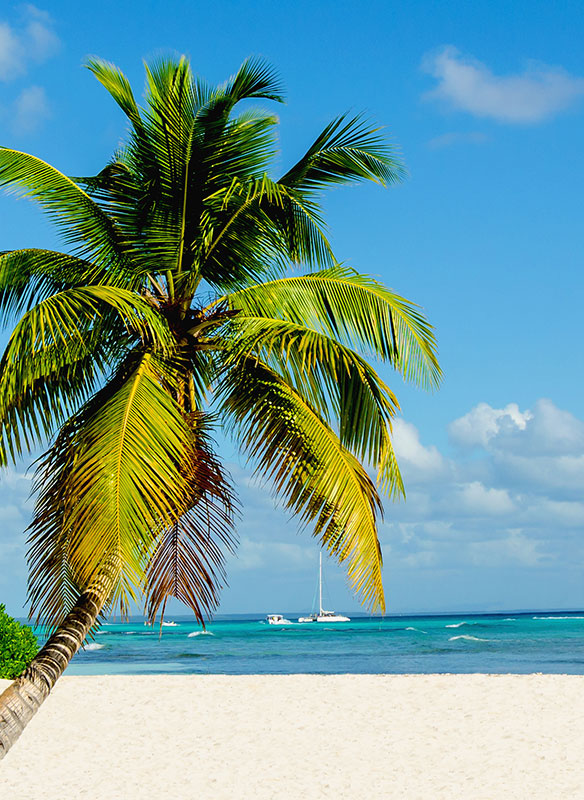
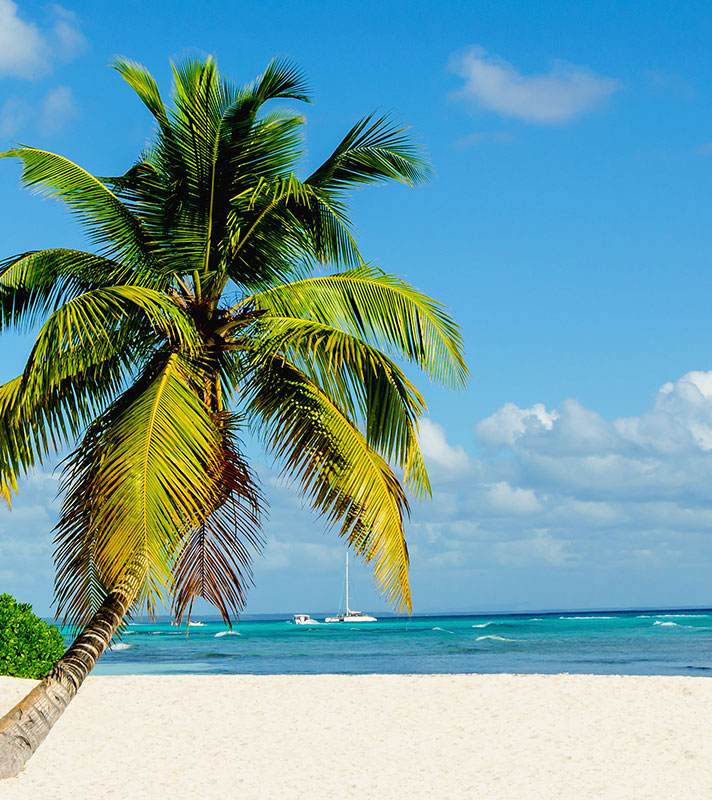
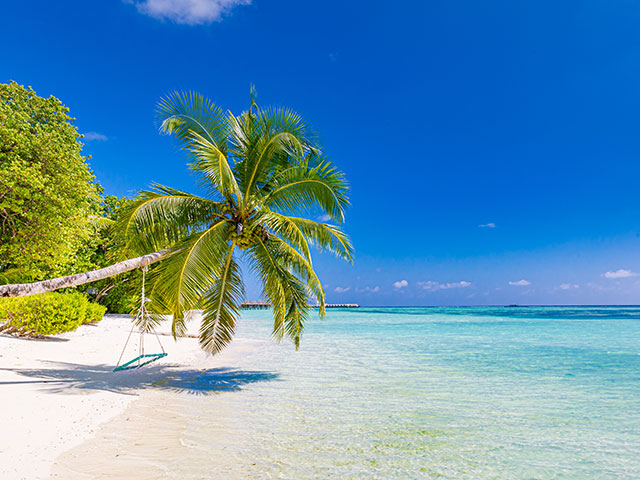
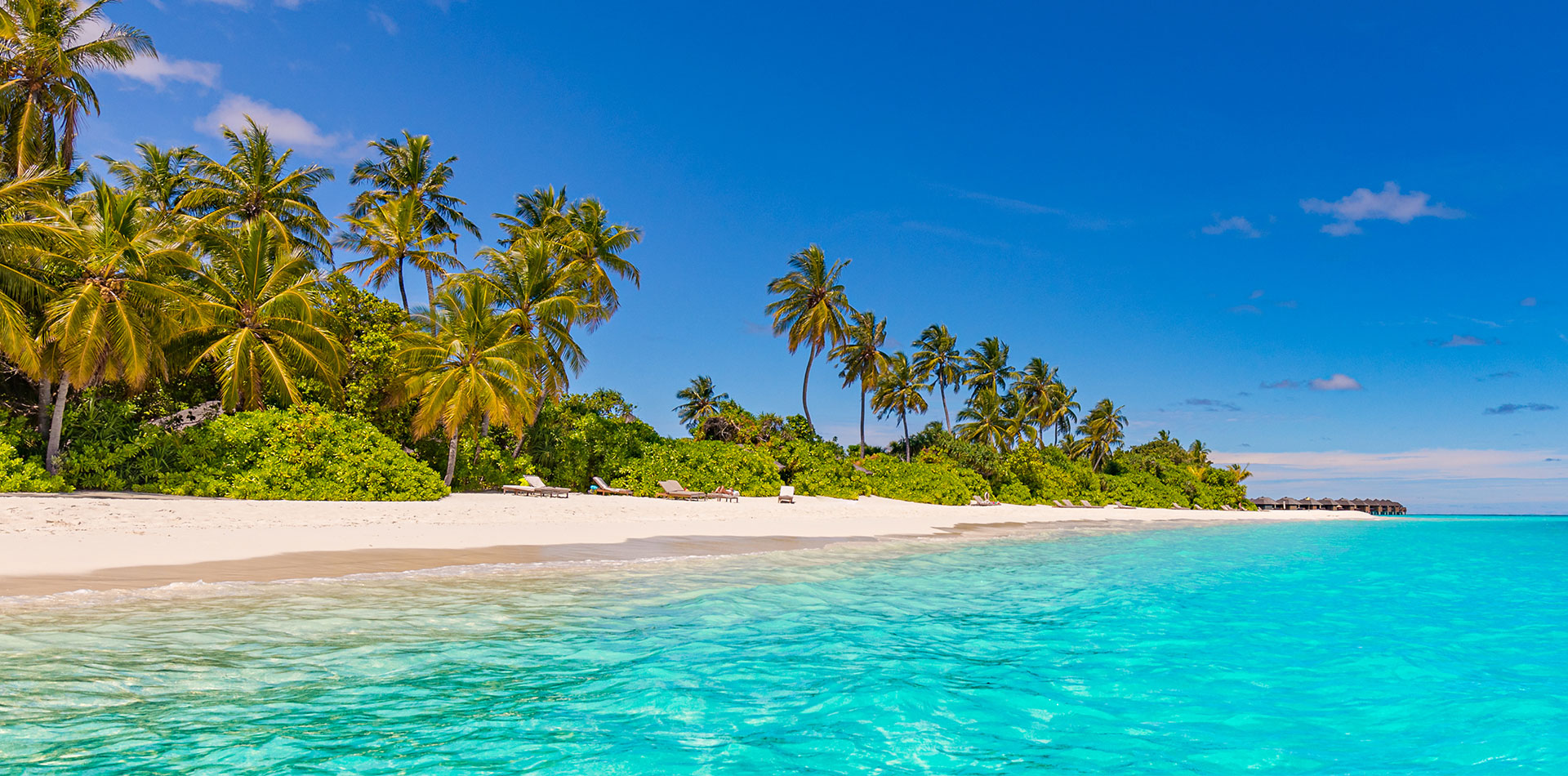
Caribbean Christmas Island-Hopping S2632
- Go on an island-hopping adventure in the winter sunshine
- Enjoy Christmas Day at sea and New Year's Eve in Antigua
- Embrace the Caribbean's laid-back lifestyle and explore its rich culture
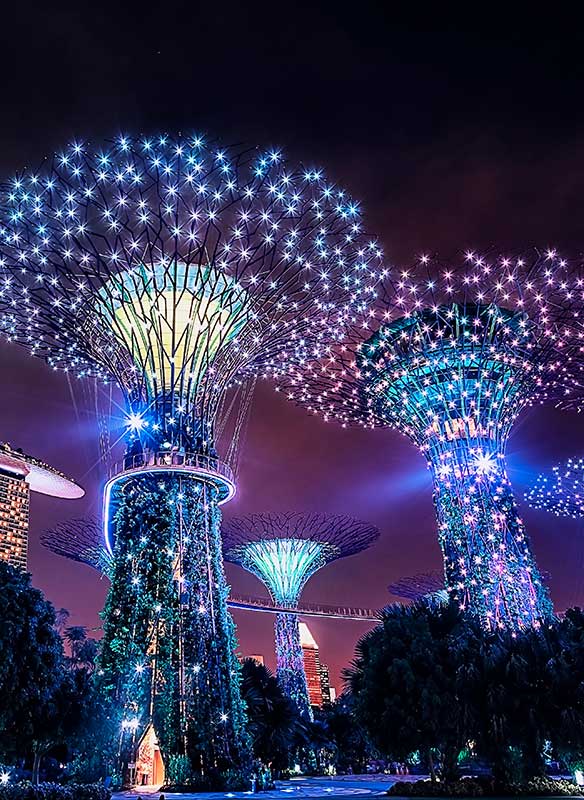
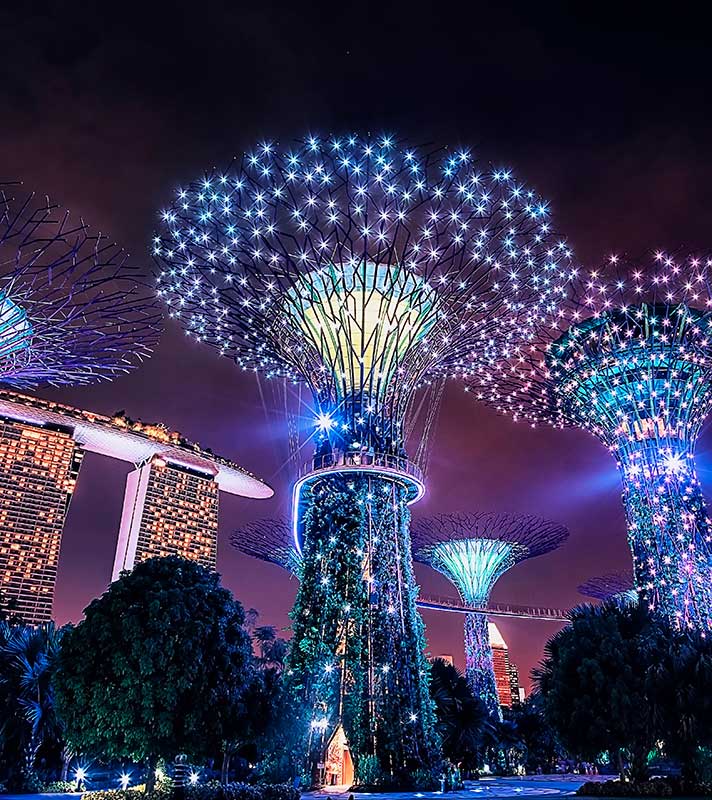
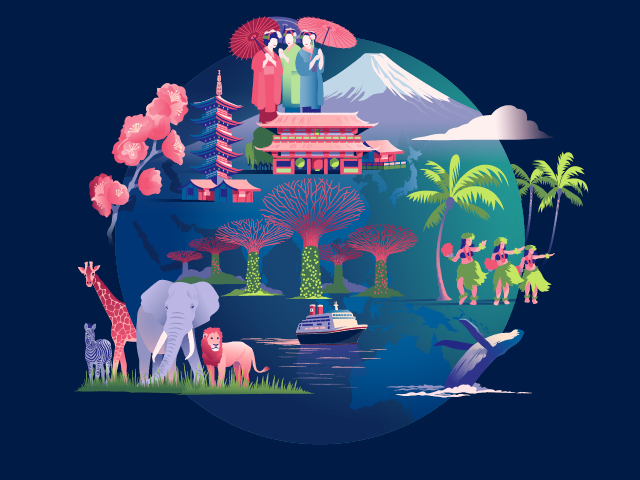
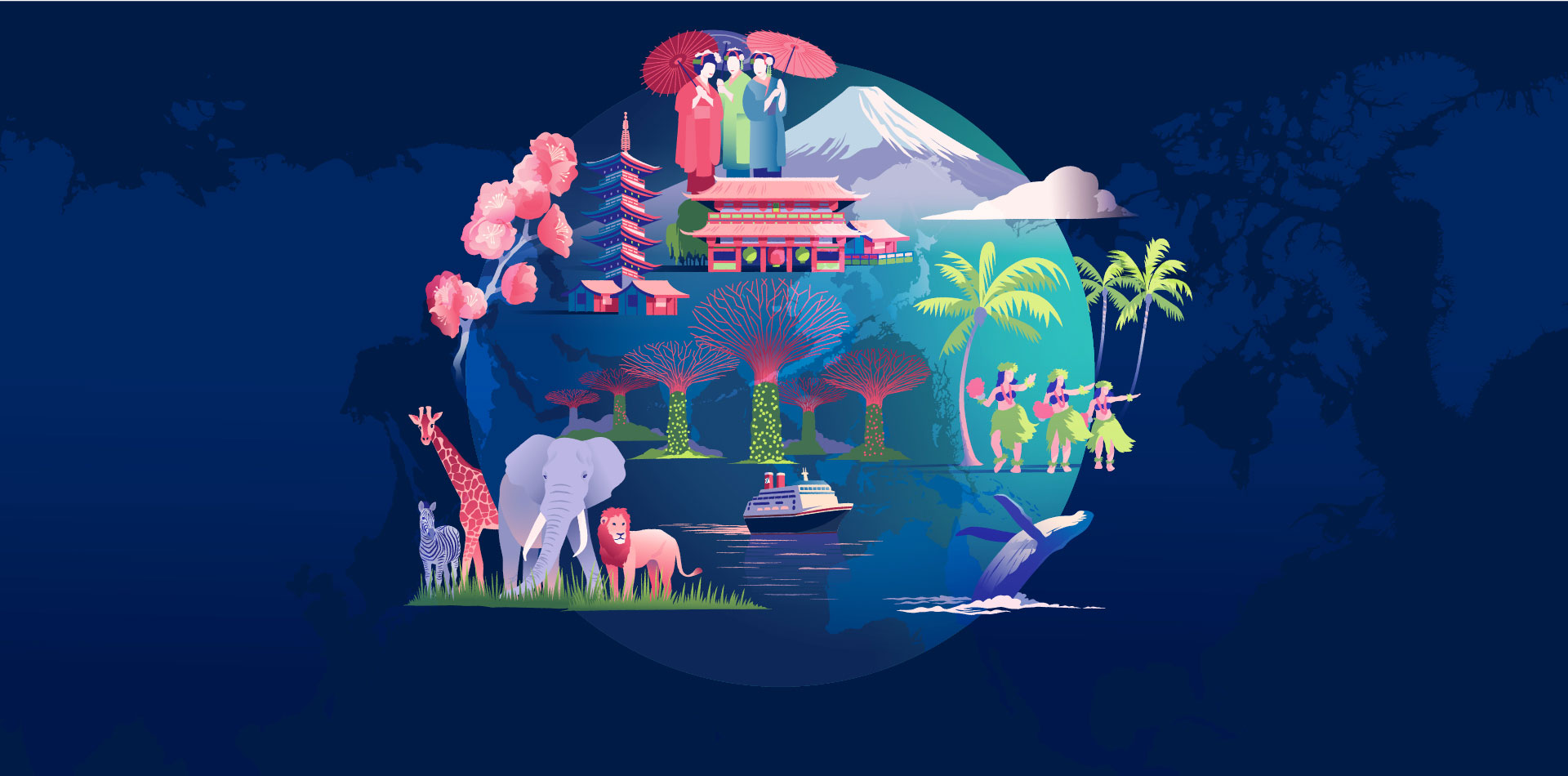
World Cruise with Japan S2702
- Explore iconic landmarks in Singapore, Hong Kong and Japan
- Spend four days in Hawaii, discovering rainforests and volcanoes
- Immerse yourself in both Hawaiian and Japanese cultures
Showing 1 - 3 results


